
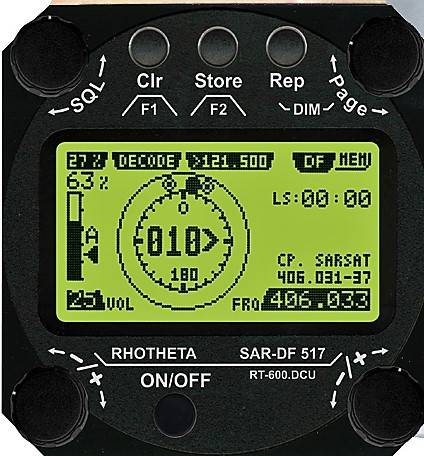
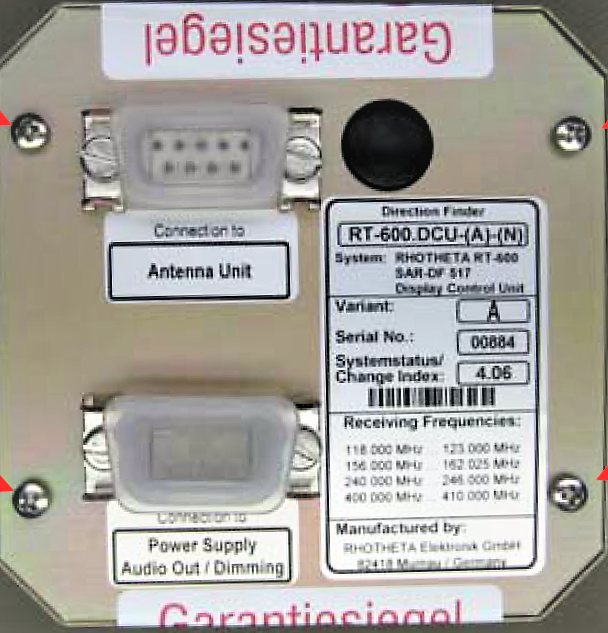
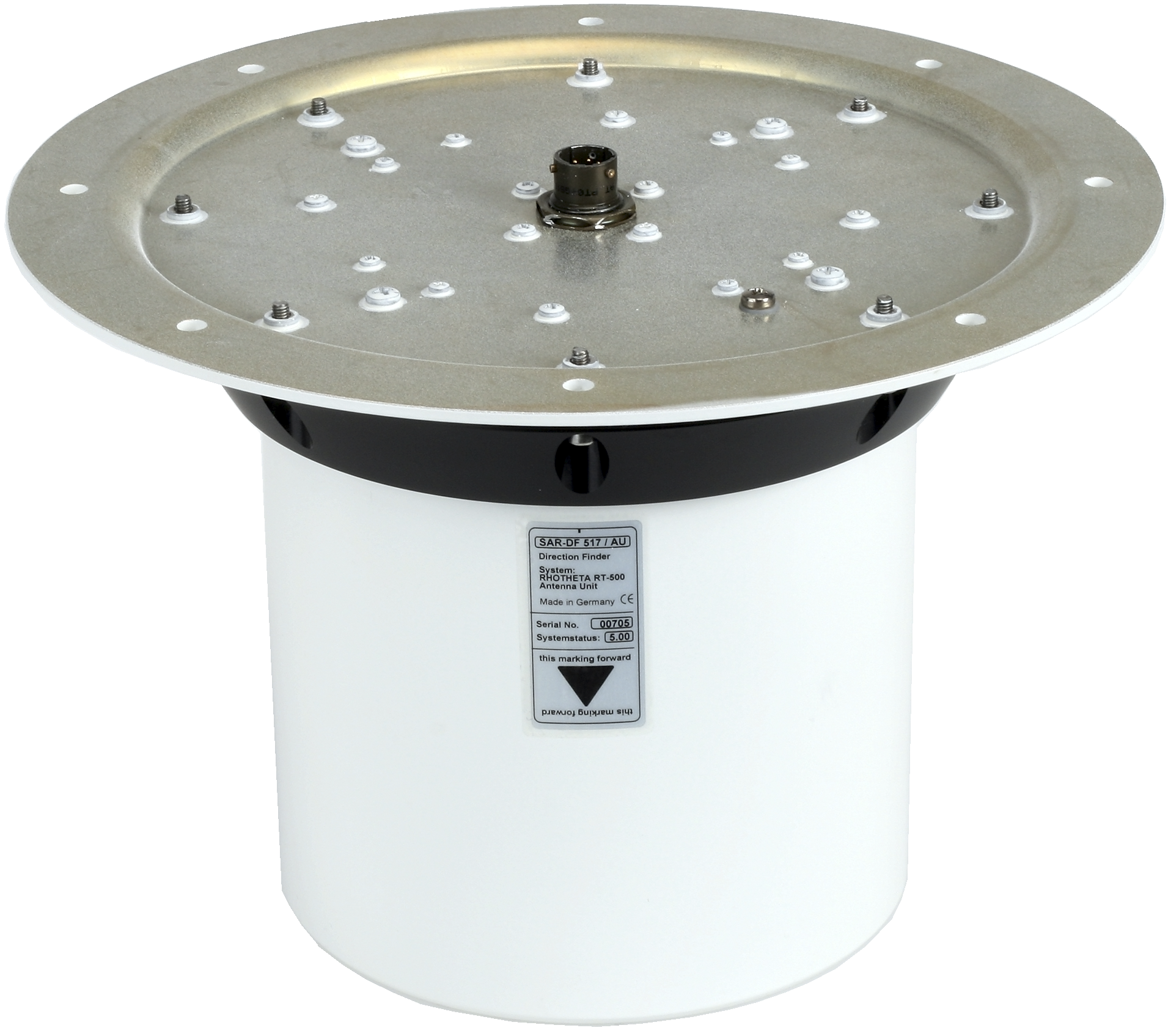
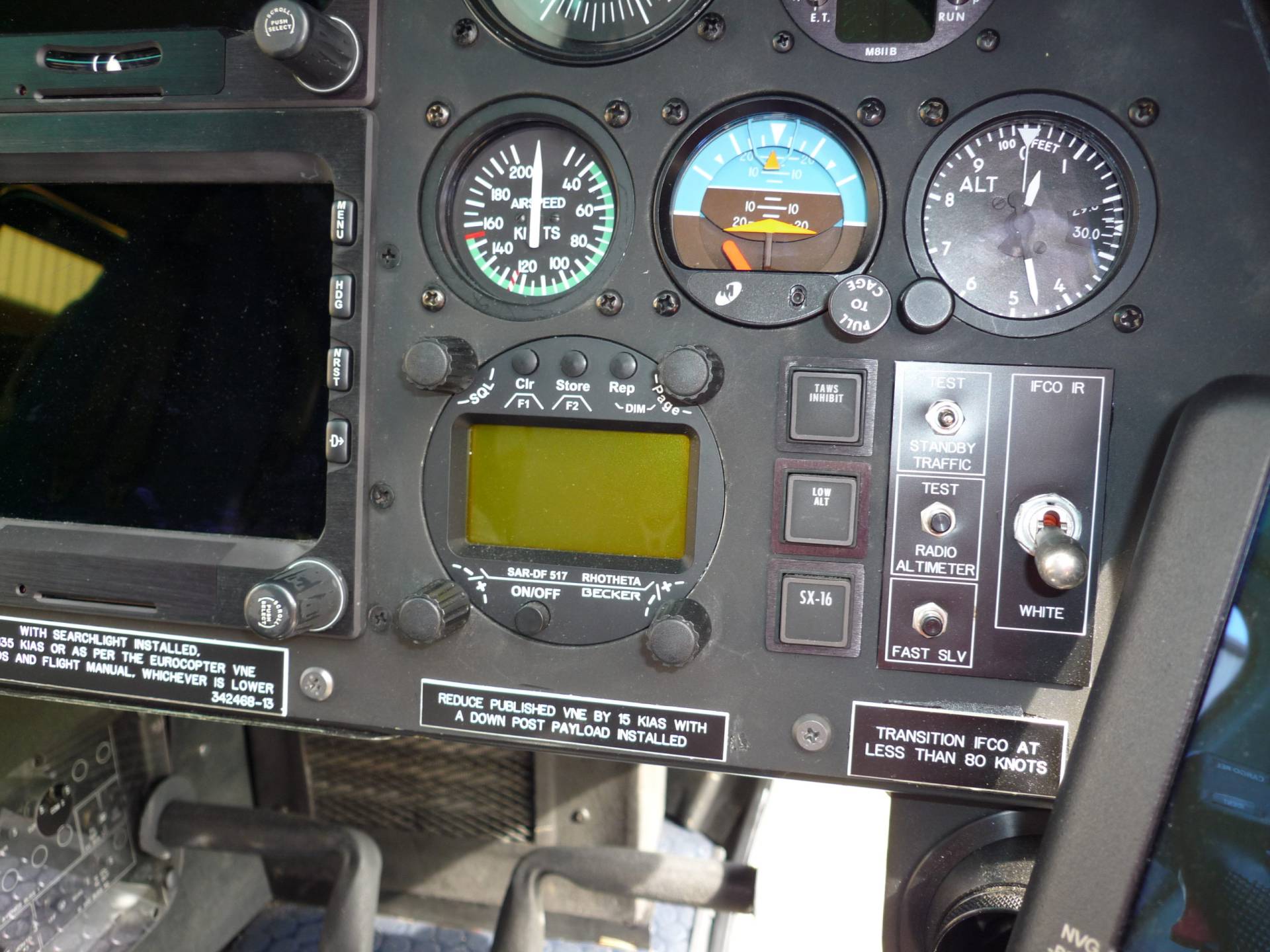
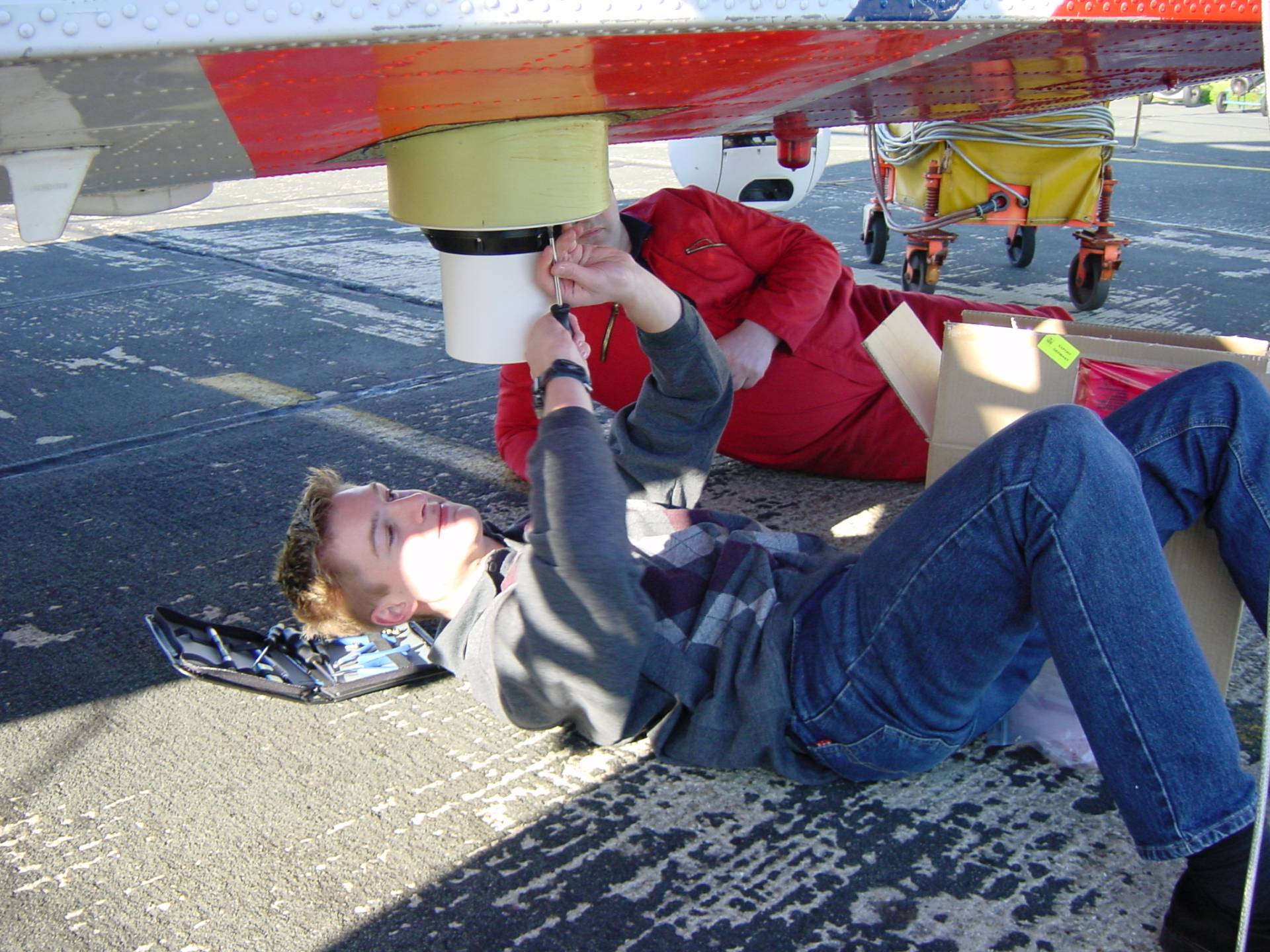






RT-600-L
Advanced Wide-band Radio Direction Finder System for Airborne Applications
Key Facts:
- Modern and advanced wideband direction finding system for airborne applications
- Easy installation, no RF cable connection required
- Extremely compact and robust antenna system
- Short response time due to high antenna rotation frequency
- Auto-scan of all COSPAS-SARSAT channels within 400 ms
- Decoding/display of the COSPAS-SARSAT messages
- Fast scan function of complete marine ship band
- Law Enforcement scan mode for auto-detection of active LoJack and ETS transmitter
Second Generation:
RT-600 WidebandFirst Generation:
RT-600
Software Revision
Display Control Unit: 3.31
Antenna Unit: 3.33
Dates Active
2013 - Current
The RT-600-L, a specialized variant of the acclaimed RT-600/SAR-DF 517 series, is an advanced radio direction finder system meticulously crafted for airborne applications with a focus on Law Enforcement. Expertly engineered by RHOTHETA, this model offers comprehensive signal detection capabilities across a plethora of frequencies, encompassing VHF, UHF, COSPAS-SARSAT, and maritime channels. The ability to broaden its frequency spectrum to an impressive 470 MHz ensures unparalleled detection and indication capacities, making it indispensable for airborne law enforcement missions.
Exclusively designed to cater to the stringent requirements of US Law Enforcement, the RT-600-L incorporates features that position it leagues ahead of standard direction finders. One of its standout functionalities is the support for the LoJack Stolen Vehicle Recovery Technology. Not only does it provide pinpoint directional guidance to targets, but it also displays LoJack reply codes, making vehicle recovery swifter and more efficient. Additionally, the RT-600-L tracks a diverse array of beacons, from Electronic Tracking System (ETS) beacons to Personal Locator Beacons (PLB), ensuring comprehensive surveillance and detection capabilities.
With a stellar track record in missions across the globe, the RT-600 series, and by extension, the RT-600-L, is a testament to RHOTHETA's commitment to reliability and performance. Be it the harsh terrains of SAR missions or the complex demands of Law Enforcement operations, the RT-600-L consistently delivers precise direction-finding, adeptly demodulating and decoding a vast range of transmissions, from AM, FM, PM, to CW signals. It's not just a tool; it's an assurance of excellence in airborne law enforcement.
Features
Specifications
gallery
News & testimonials
downloads
From Patrol to Pursuit: LoJack Capable
The RT-600-L showcases an advanced focus on LoJack beacon tracking, pivotal for Stolen Vehicle Recovery Systems (SVRS). Upon startup, the system immediately engages its LoJack Scan Mode, swiftly detecting valid VLU (Vehicle Location Unit) codes. To enhance precision, users have the ability to input VLU codes manually, mute specific unwanted signals, or seamlessly transition to DF Mode with new detections.


Seamless Integration with Mission Management System
The RT-600 radio direction finder can be integrated with augmented reality mapping systems for airborne law enforcement, search and rescue, and aerial firefighting missions. Real-time direction-finding information is exchanged for the tracking and locating of various transmitters like LoJack, ETS, and cash/asset recovery tags. This integration empowers flight crews with improved surveillance, intelligence gathering, and operational efficiency by visualizing and monitoring tracked signals in real time for better target identification and pursuit management.
NVG Option Available
The RT-600 offers an NVG (Night Vision Goggles) option that enhances operational capabilities for pilots in low-light or night-time conditions. With this option, pilots can effectively utilize the display control unit while wearing their night vision goggles. Pilots maintain clear visibility of the display and can easily access and interact with the system's controls and information, enabling safe and efficient operations even in dark environments. The NVG option provides an enhanced user experience and maximizes situational awareness during night flights, contributing to overall mission success and pilot safety.

Flexible Configurations for any Cockpit

CASE 1
DCU - Master Control via RS 485
smartDF Standard - Secondary Controller via RS232
Mission Management System- Listen Only via RS232

CASE 2
smartDF Pro - Master Controller via RS485
Adapter Box - DC & audio with RS232 option

CASE 3
Mission Management System- Master via RS485
Adapter Box - DC & audio with RS232 option
smartDF Standard - Listen via RS485
System Characteristics
Method of Bearing | Doppler principle (3 kHz rotational frequency, right/left rotation) | ||||||||||
Bearing Accuracy | ≤5° RMS | ||||||||||
Internal Resolution | 1° | ||||||||||
Frequency Stability | ±2.0 ppm | ||||||||||
Reception Frequencies |
| ||||||||||
Additional Frequency Options |
| ||||||||||
COSPAS-SARSAT Fast Scan Mode | Full automatic detection of any active COSPAS-SARSAT channel A to S within 400 ms. | ||||||||||
COSPAS-SARSAT Decoding | Reception and decoding of COSPAS-SARSAT data signal (112 to 144 bit), specified according to COSPAS-SARSAT C/S T.001 | ||||||||||
LoJack Decoding | Choosing a LoJack transmitter by selecting the LoJack identification code | ||||||||||
Special Scanning Modes | Complete maritime ship band scanning within 5s | ||||||||||
Bearable Modulation | A3E, F3E, A3X (ELT-modulation), F1D, G2D, COSPAS-SARSAT Bearing largely independent of modulation | ||||||||||
Polarization | Vertical | ||||||||||
Polarization Error | ≤5° at 60° field vector rotation | ||||||||||
Garbling Cone | Ca. 30° to the vertical | ||||||||||
Time of Response | ≤50 ms (with sufficient reception signal strength) | ||||||||||
LC-Graphic Display | Resolution 128 x 64 pixel, background light, adjustable dimming | ||||||||||
NVG Cockpit Design | Fully compatible NVIS Green B display Control Unit (optional) | ||||||||||
Operating Voltage | 27.5 Nominal (Input voltage range 12 V DC to 35 V DC) | ||||||||||
Current Consumption |
| ||||||||||
Audio Signal / Analog Test (Service) Line | Max. output current = 50mA Output Voltage Range Max. [0 V DC … +5V DC] to GND | ||||||||||
Audio Output | External speaker approx. 2 W (4 Ω) | ||||||||||
Interface |
|
Mechanical Characteristics

Header | Display Control Unit | Antenna Unit |
|---|---|---|
Weight | 250 g | 2000 g |
Dimensions | 82 mm x 82 mm x 43 mm | Ø 270 mm x 185 mm |
Operating temperature | -20°C to +60°C | -40°C to +60°C |
Storage temperature | -30°C to +80°C | -55°C to +80°C |
Ingress protection | Cell | IP67 |









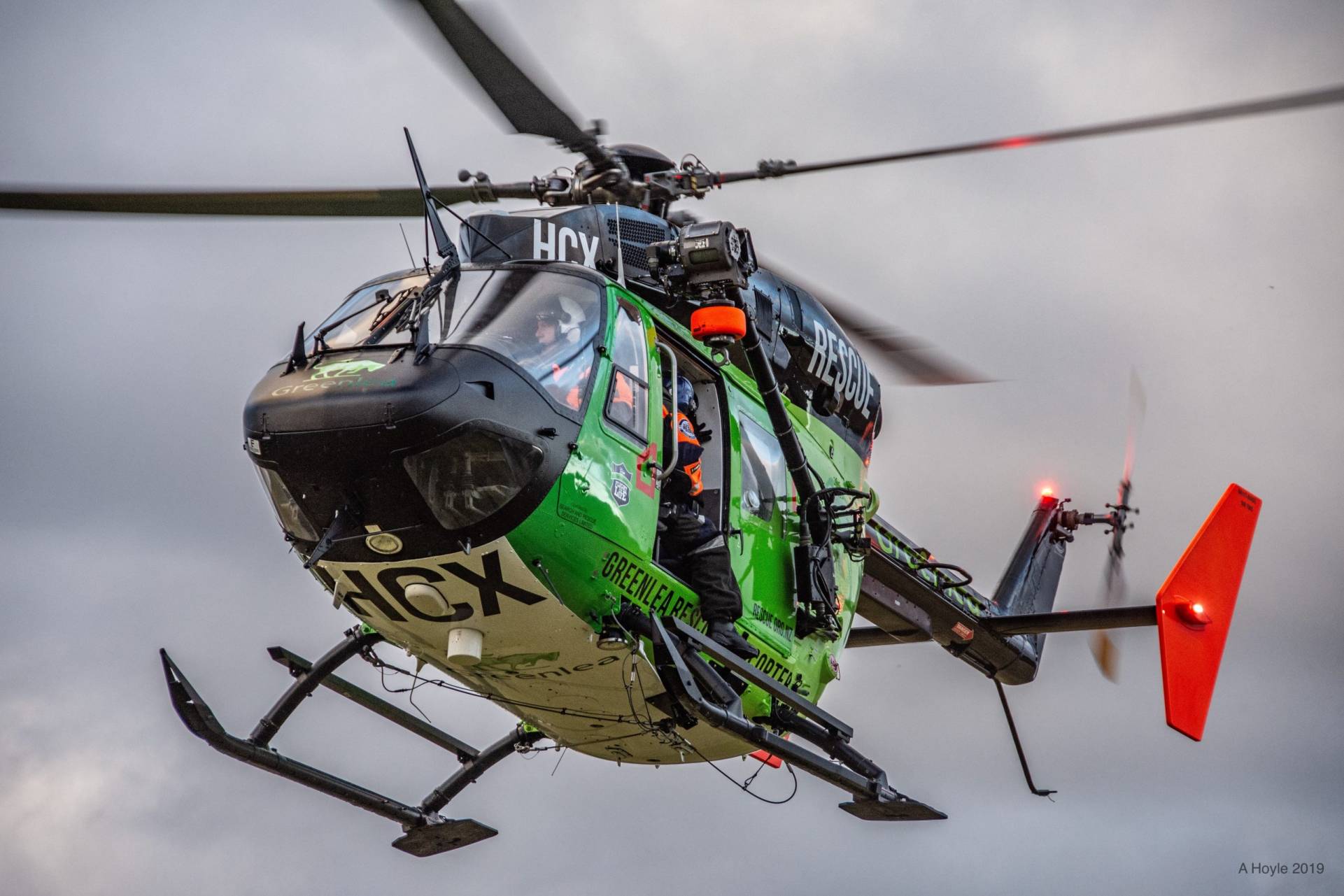


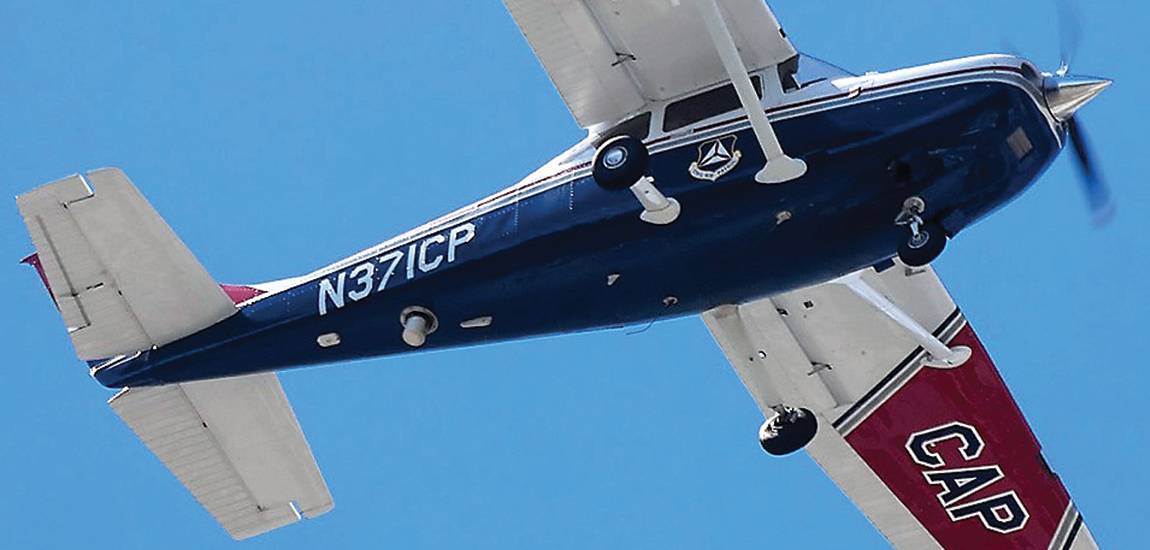
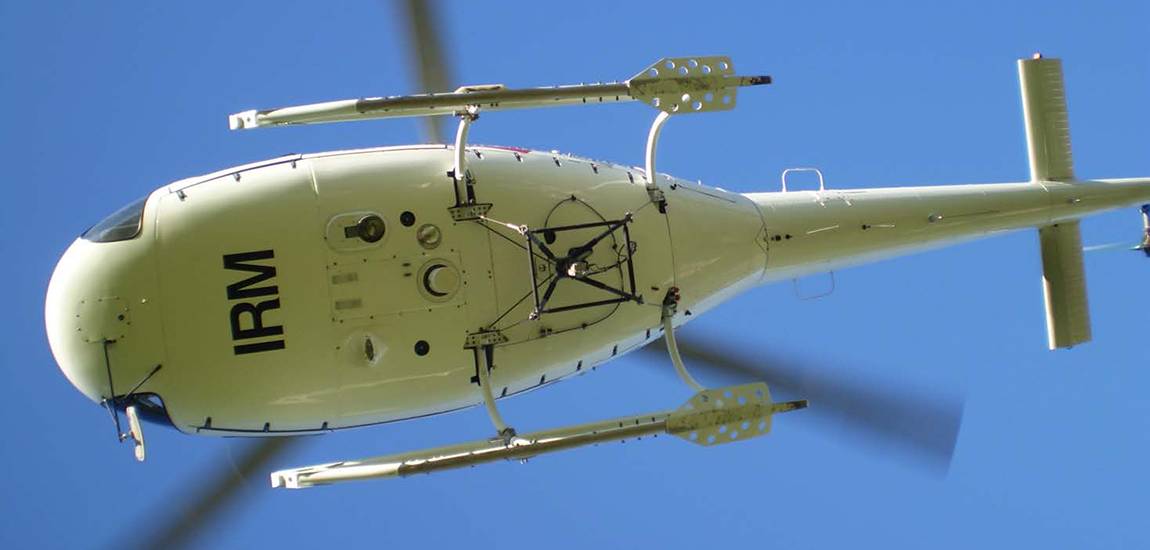
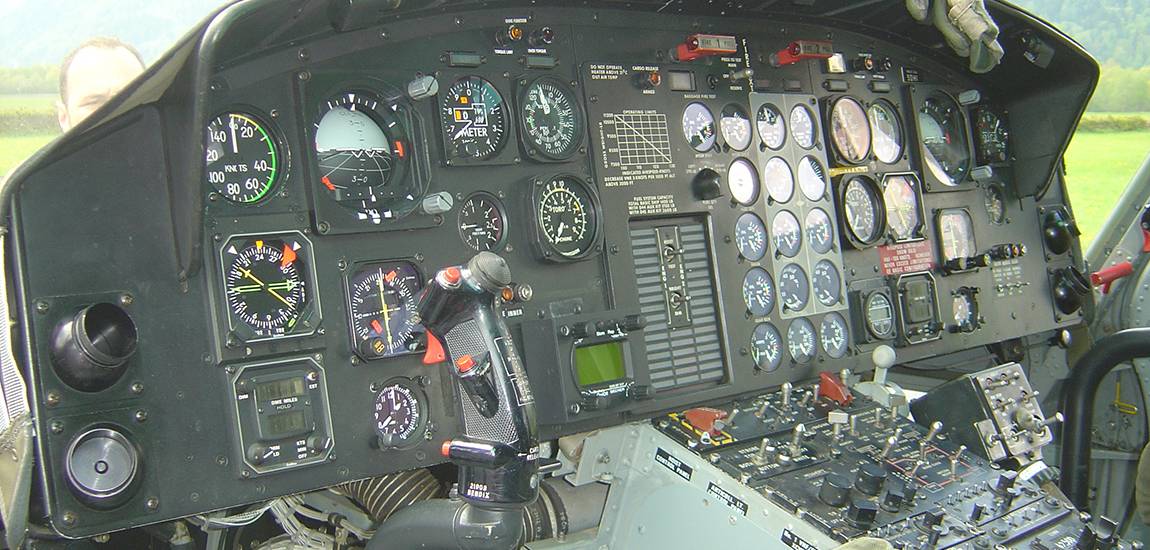
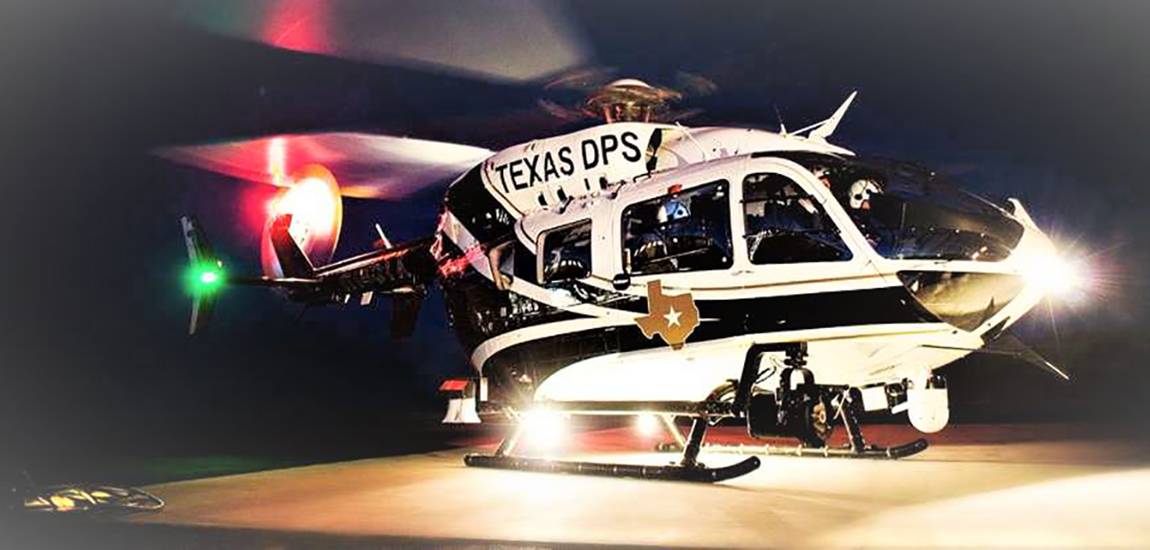

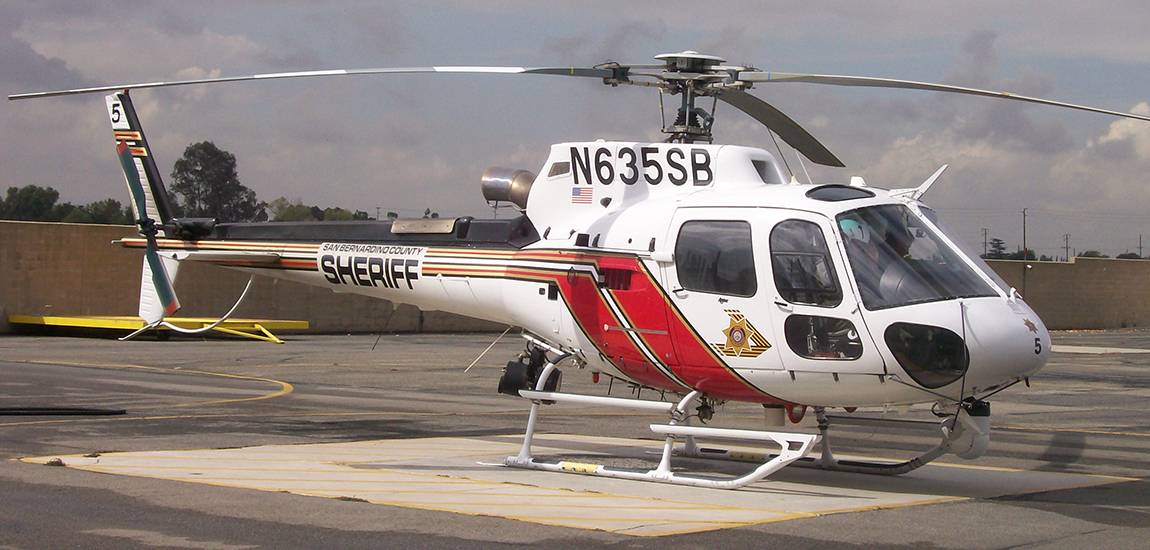
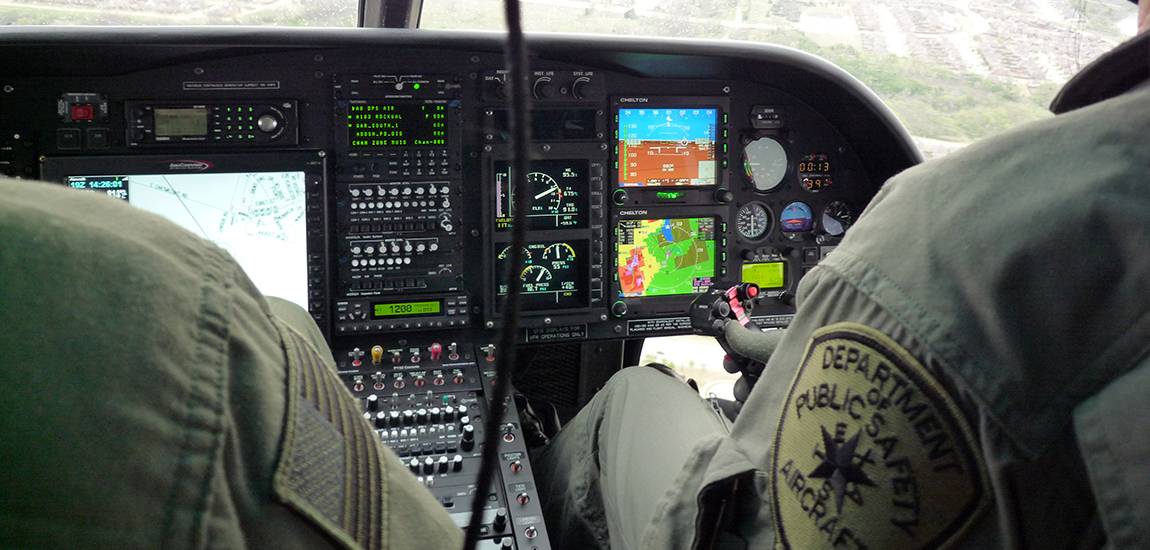

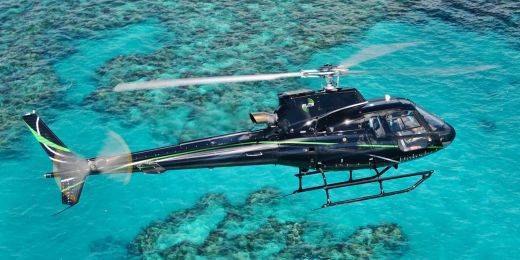
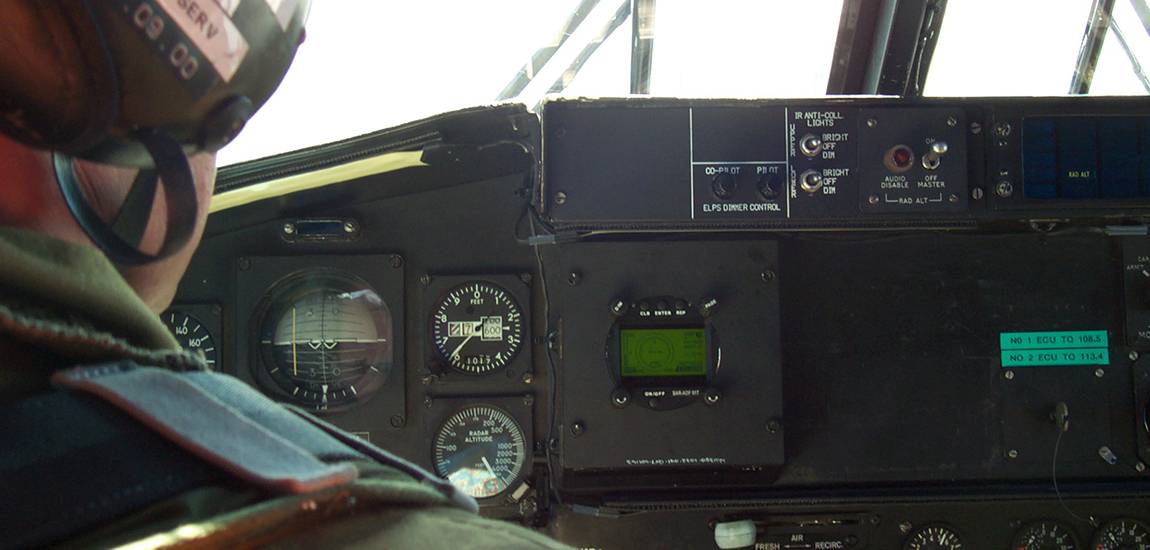
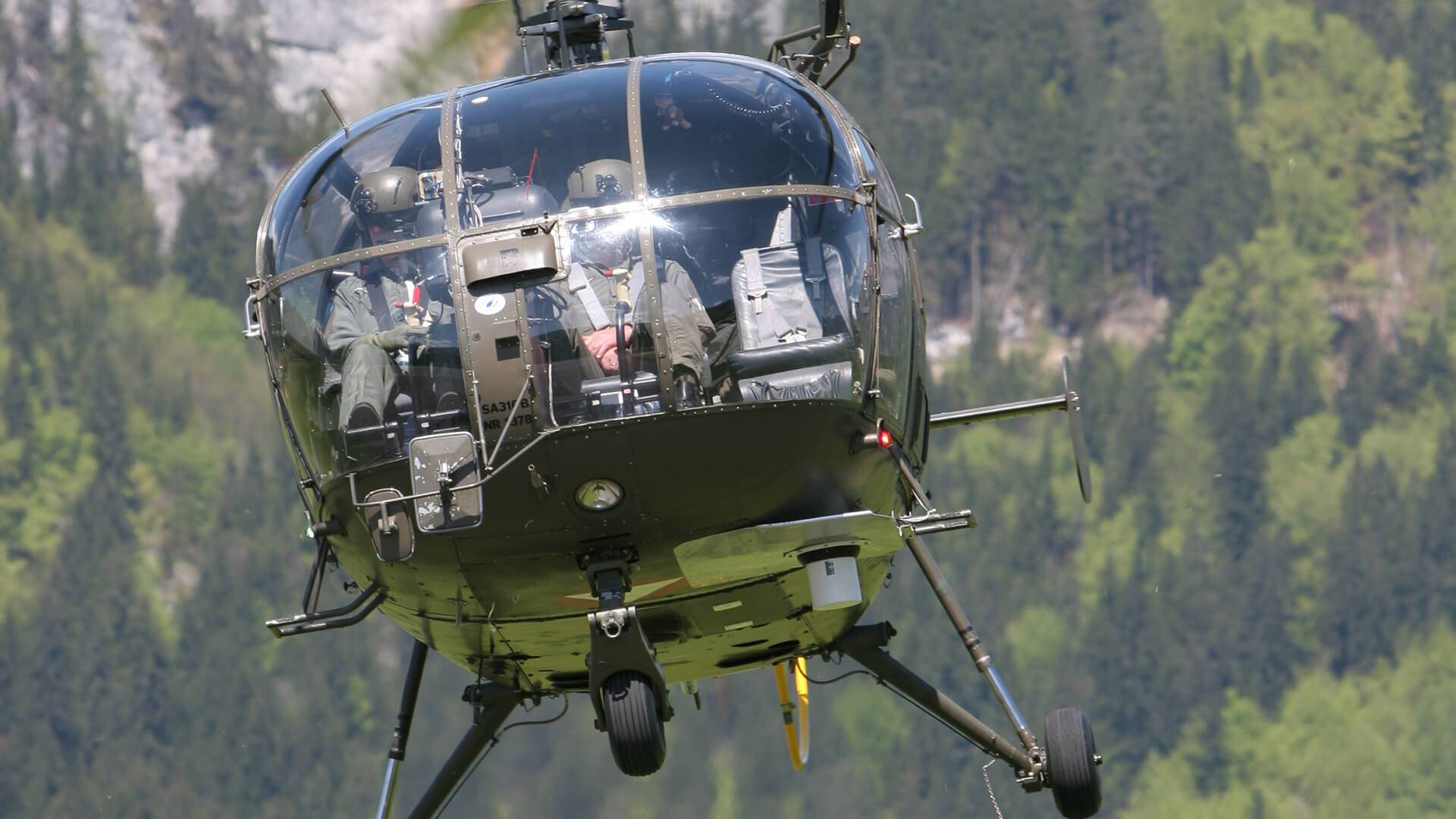

















Latest News
Testimonials
Software Revision
Display Control Unit: 3.15 - 3.20
Antenna Unit: 3.11 - 3.24
Dates Active
2008 - 2013
The RT-600-L radio direction finder marked a pivotal evolution in airborne direction-finding systems. With its inception, the RT-600-L bridged a significant gap, offering a tailored solution for US Law Enforcement agencies. Engineered with a frequency range spanning from 118MHz to 406MHz, this pioneering version laid the groundwork for its successors, emphasizing ease of use with a user-friendly interface. Its compact design and optimized power consumption characteristics made it a favored choice, fitting seamlessly into both fixed-wing and rotary-wing law enforcement aircraft.
Proudly donning the "Law Enforcement" moniker, the RT-600-L carved a niche in catering exclusively to the multifaceted requirements of US Law Enforcement operations. Every inch of its design — from its compactness to its power efficiency — bore testimony to its precision-oriented engineering. Not just a mere adaptation, the RT-600-L bore distinctive features. Operating over a broad spectrum, from 118MHz to 470MHz, its capabilities weren't just confined to detecting, demodulating, and decoding AM, FM, PM, and CW transmissions. Its adeptness to track signals from LoJack and Electronic Tracking System (ETS) beacons has provided law enforcement with may successful missions. This added functionality not only enhanced its operational utility but also cemented its position as a trusted ally for law enforcement agencies in their airborne operations.
Features
Specifications
gallery
News & testimonials
downloads
From Patrol to Pursuit: LoJack Capable
The RT-600-L showcases an advanced focus on LoJack beacon tracking, pivotal for Stolen Vehicle Recovery Systems (SVRS). Upon startup, the system immediately engages its LoJack Scan Mode, swiftly detecting valid VLU (Vehicle Location Unit) codes. To enhance precision, users have the ability to input VLU codes manually, mute specific unwanted signals, or seamlessly transition to DF Mode with new detections.


Fine-Tune Frequencies with Ease
The frequency selection page is designed to assist pilots in easily choosing frequencies. It features user memory slots for quick access to frequently used frequencies. The frequency scale is organized into different blocks. These blocks include Law Enforcement scanning frequencies (exclusive to the Law Enforcement version), Memory Channels, Fix pre-programmed frequencies, COSPAS-SARSAT frequencies, and COSPAS-SARSAT scanning frequencies. This intuitive interface allows pilots to efficiently select the desired frequencies quickly.
System Characteristics
Method of Bearing | Doppler principle (3 kHz rotational frequency, right/left rotation) | ||||||||||
Bearing Accuracy | ≤5° RMS | ||||||||||
Internal Resolution | 1° | ||||||||||
Bearing Sensitivity |
| ||||||||||
Frequency Stability | ±2.0 ppm (Δf/f = ±2·10-6) [at Temperature range –30 °C…+80 °C] | ||||||||||
Reception Frequencies |
| ||||||||||
Additional Frequency Options |
| ||||||||||
Special Scanning Modes | Complete Maritime Ship Band Scanning within 3 sec | ||||||||||
COSPAS-SARSAT Frequencies | Channels A to S (406.022 to 406.076MHz) | ||||||||||
COSPAS-SARSAT Fast Scan Mode | Full automatic detection of any active COSPAS-SARSAT channel A to S within 400 ms | ||||||||||
COSPAS-SARSAT Decoding | Reception and decoding of COSPAS-SARSAT data signal (112 or 144 bit, 400 baud, | ||||||||||
LoJack Decoding | Selectable LoJack ID display and selective active filtering | ||||||||||
Bearable kinds of Modulation | A3E, F3E, A2X (ELT-modulation), F1D, G2D, COSPAS-SARSAT bearing largely independent of modulation | ||||||||||
Polarization | Vertical | ||||||||||
Error of Polarization | ≤5° at 60° field vector rotation | ||||||||||
Garbling Cone | 30° to the vertical | ||||||||||
Time of response | ≤ 20 ms (with sufficient receiving field strength) | ||||||||||
LC-graphic display | 128 x 64 pixels, supertwist / transflective, extended range of temperature, dark-blue display on yellow-green background, background light. | ||||||||||
NVG cockpit design | Fully compatible NVIS Green B display Control Unit optional | ||||||||||
Supply voltage range | 12 V to 35 V DC | ||||||||||
Current consumption |
| ||||||||||
Audio out | External speaker approx. 2 W (4 Ω) | ||||||||||
Interface | Serial interface RS-232 (9600 baud, 8 data bits, 1 stop bit, no parity) |
Mechanical Characteristics

Header | Display Control Unit | Antenna Unit |
|---|---|---|
Weight | 250 g | 2000 g |
Dimensions | 82 mm x 82 mm x 43 mm | Ø 270 mm x 185 mm |
Operating temperature | -20°C to +60°C | -40°C to +60°C |
Storage temperature | -30°C to +80°C | -55°C to +80°C |
Ingress protection | Cell | IP67 |








































